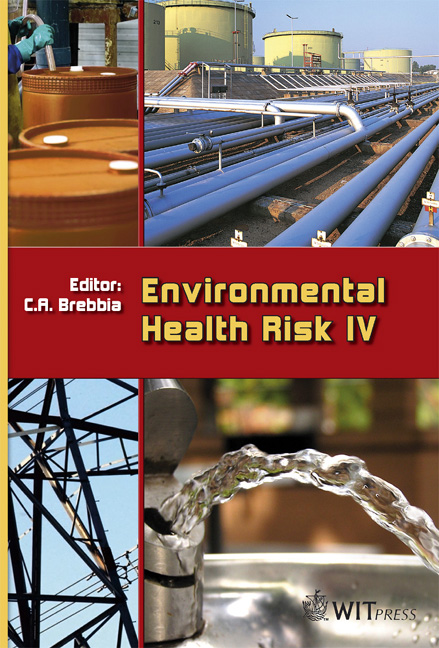The Role Of Measurement Accuracy On The Heat Stress Assessment According To ISO 7933: 2004
Price
Free (open access)
Transaction
Volume
11
Pages
10
Published
2007
Size
525 kb
Paper DOI
10.2495/EHR070131
Copyright
WIT Press
Author(s)
F. R. d’Ambrosio Alfano, B. I. Palella & G. Riccio
Abstract
The thermo-hygrometric risk analysis, regulated by several International Standards, is one of the more relevant facets of workplace assessment. Based on the predicted heat strain (PHS) model, the last version of ISO Standard 7933 devoted to the hot stress evaluation requires the measure of four physical (air temperature, mean radiant temperature, humidity and air velocity) and two subjective (metabolic rate and thermal clothing insulation) parameters. As far as the measurement of microclimatic parameters is concerned, ISO 7726 Standard suggests minimum and maximum accuracy values. On the other hand, for subjective measurements the situation does not appear so clear since the metabolic rate accuracy requirements are strictly related to the calculation method, whereas any accuracy is actually suggested for the clothing insulation evaluation. In order to evaluate the effect of the measurement accuracy on the reliability of the hot stress assessment, this work reports a sensitivity analysis of the PHS model to its independent variables. The results obtained clearly show that the mean radiant temperature measurement appears a tricky matter since only an error within the accuracy range can result in a very strong overestimation (up to 5 hours) of allowable exposure times. Keywords: heat stress assessment, accuracy, predicted heat strain. 1 Introduction In the last sixty years several efforts have been devoted by the scientific community to the formulation of a reliable index/method for the heat stress
Keywords
heat stress assessment, accuracy, predicted heat strain.





